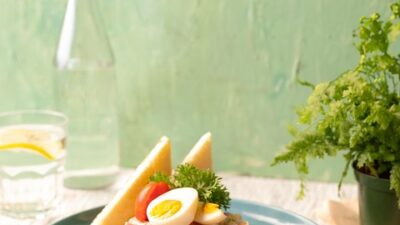Food photography has become an essential art form, especially with the rise of social media platforms like Instagram and Pinterest. Capturing the essence of a dish involves not just skillful composition and styling but also the right lighting. The debate of natural versus artificial light is ongoing among food photographers. This article will explore the advantages and disadvantages of both, helping you determine which method may work best for your culinary captures.
Understanding Light Types
Natural Light
Natural light refers to sunlight, whether it’s diffused by clouds or streaming in through a window. Photographers often praise natural light for its soft, flattering quality.
Advantages of Natural Light:
-
Soft and Flattering: Natural light, especially during the "golden hour," creates a gentle, warm ambiance that enhances the food’s texture and color.
-
Free and Accessible: Utilizing sunlight eliminates the need for expensive setups. It’s as simple as positioning your dish near a window.
- Color Accuracy: Natural light tends to reflect true colors, providing authenticity without the risk of color casting that can occur with artificial light.
Disadvantages of Natural Light:
-
Inconsistency: Changes in weather, time of day, and even the season can lead to unpredictable lighting conditions.
-
Limited Control: While you can manipulate how light enters a space, you have less control over its intensity and direction.
- Time-Sensitive: Photographers have a limited window for optimal lighting, often necessitating creative planning.
Artificial Light
Artificial light encompasses various sources, including LED lights, softboxes, and on-camera flashes. These elements allow photographers to replicate a controlled lighting environment.
Advantages of Artificial Light:
-
Control: Photographers can easily adjust the intensity, direction, and color temperature of artificial light, ensuring consistency in their photos.
-
Versatility: It allows for shooting at any time of the day or night without being dependent on the sun’s position.
- Creative Effects: Artificial lighting offers creative possibilities like dramatic shadows and highlights that can enhance the drama of a shot.
Disadvantages of Artificial Light:
-
Harshness: If not used thoughtfully, artificial light can create unflattering shadows and highlights, making food look unappetizing.
-
Color Casting: Depending on the type of bulbs used, artificial light can emit tones that distort colors, leading to inaccuracies in how the food appears.
- Equipment Costs: High-quality lighting setups can be expensive and may require a learning curve to use effectively.
Finding the Right Balance
Best Practices for Natural Light:
- Use Diffusers: If the sunlight is too harsh, consider using a sheer curtain to soften the light.
- Angle and Positioning: Experiment with different angles to capture the dish at its best, often positioning it at 45 degrees to the light source works wonders.
- Reflectors: Utilize reflectors to bounce light back onto your subject, filling in shadows and adding depth.
Best Practices for Artificial Light:
- Soft Light Sources: Use softboxes or diffusers to mimic natural light and create a softer look.
- Color Temperature: Adjust the color temperature of bulbs to avoid color casting and ensure food looks appealing.
- Experiment with Angles: Just like with natural light, the direction of artificial light can dramatically affect the outcome.
Conclusion
Ultimately, the choice between natural and artificial light depends on various factors including personal preferences, the specific food being photographed, and the desired style of the image. Many successful food photographers utilize both types of lighting, opting for natural light during some sessions and artificial light during others.
Experimentation is key—try both methods to see what works best for you. By understanding the nuances of light, you’ll be able to create stunning food photographs that capture the essence and appeal of your dishes, whether by natural sunlight or by the soft glow of a well-placed LED. Happy shooting!



